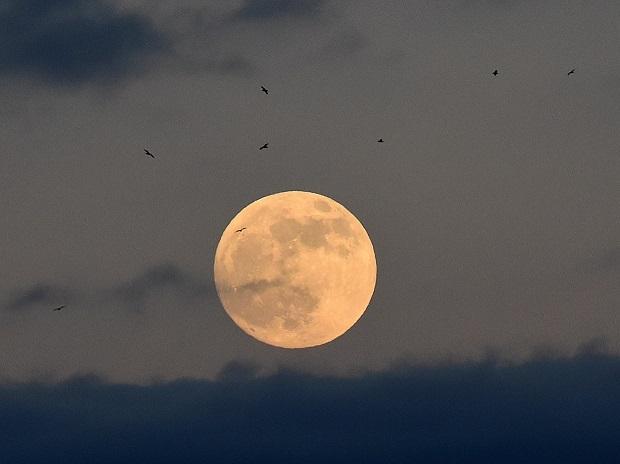
Imagine sitting in your living room and seeing a 3D re-creation of Apollo 11 rocket's command module that first took astronauts to the moon. Ahead of the upcoming 50th anniversary of mankind's first successful trip to the moon, Google has recreated the module with Augmented Reality (AR).
Users would get to explore 20 new stories about lesser-known aspects of the mission and the people who contributed to it, Google said in a blog post.
To celebrate the milestone, when users would Google search Apollo 11 on an AR-enabled device, they would see an AR option in the Knowledge Panel and tapping on it would let users explore a 3D recreation of the command module, Engadget reported on Wednesday. You can also zoom in and out to explore the historic event in all angles.
Explore first moon landing in your living room with Google's 3D re-creation
“On the anniversary of the Moon landing, we’re bringing you new ways to learn about this milestone of human achievement, including new perspectives and stories that celebrate the lesser-known figures who made it happen,” the blog post added.
It also plans to recreate an AR option with Neil Armstrong's spacesuit that would let users understand what astronauts wore on the surface of the Moon.
According to Google, this is the first time it has added a cultural artefact in AR feature on Search, which debuted in May.The search-engine giant has teamed up with the Smithsonian National Air and Space Museum for this project.
More features such as moon- and space-related tours and quizzes on Google Earth have also been lined up from July 15...Read More
